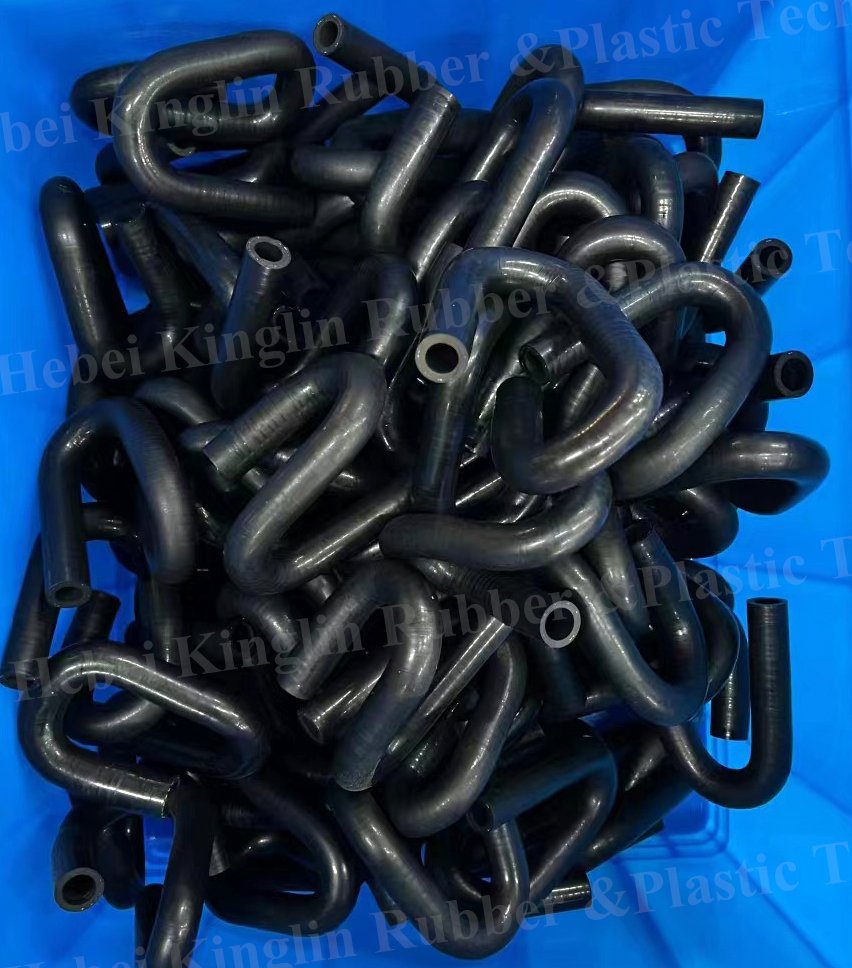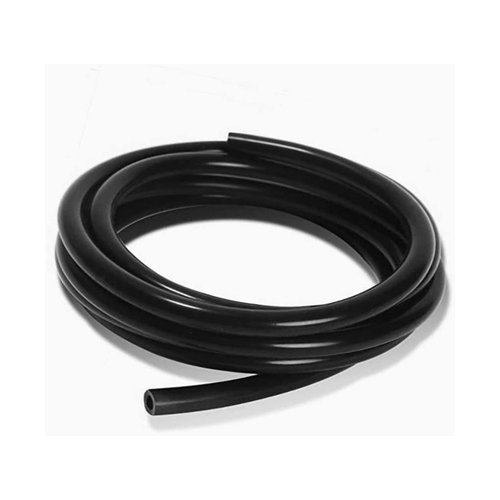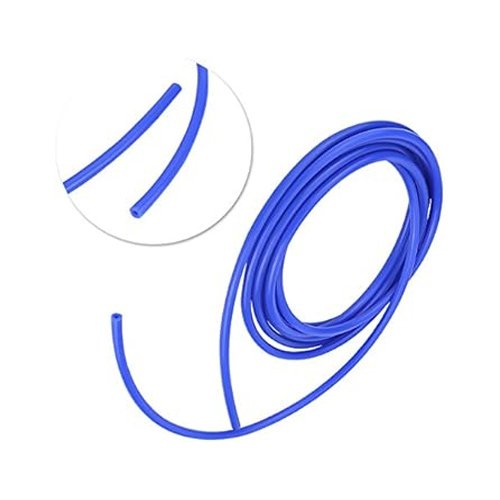How to judge the performance of waterproof rubber sealing strip. Today we will learn together.
1. Tensile properties
Tensile performance is the first consideration of waterproof rubber sealing strip. It includes: tensile strength, tensile stress, elongation at break and permanent deformation. Tensile strength is the maximum stress from tensile to fracture. The constant tensile stress is the stress reached during the prescribed stretching; Elongation is the deformation caused by the specified tensile force (the ratio of the increment of extension to extension), and elongation at break is the elongation at break. Tear permanent deformation is the residual deformation between the lines after tensile fracture of the material.
2. Hardness
Hardness indicates the ability of the rubber seal to resist external pressure and is one of the basic characteristics of the seal. The hardness of rubber seals is also closely related to other characteristics. For example, the greater the hardness of the rubber seal, the more strength, the smaller the elongation, the better the wear resistance, and the low temperature resistance is often inversely proportional to the hardness.
3. Reduction feature
Rubber seals are generally in contraction. Plastic materials have viscoelasticity, and the pressure will decrease with time when they are reduced, and the stress relaxation is reduced. Removal of pressure can not respond to the original shape, the performance of compression permanent deformation. This situation is more obvious in high temperature and oily substances, and this characteristic is directly related to the sustainability of the rubber sealing ability.
4. Aging resistance
After the rubber seal is subjected to O2, heat and cold, moisture, mechanical stress, etc., it will cause the characteristics to deteriorate, which we call aging. The aging resistance can be expressed by the change of the strength, elongation and hardness of the rubber seal after aging, and the smaller the change rate indicates that the aging resistance is better.
5. Oil or substance resistance
In the application of vacuum system, rubber seals are exposed to many substances, such as petroleum-based, double lipids, silicate fuels, and corrosive media such as acids and alkalis in the chemical industry. In these substances, the rubber seal in addition to erosion, at high temperatures will also lead to expansion and its strength, hardness reduction. At the same time, the tackifier and soluble substances in the rubber seal are extracted, which will lead to quality relief and volume reduction, resulting in leakage of the vacuum system. Generally at a certain temperature, the quality, volume, strength, elongation, hardness and other characteristics of rubber seals are measured after soaking in the material for a number of times to evaluate the oil or material resistance of rubber seals.



